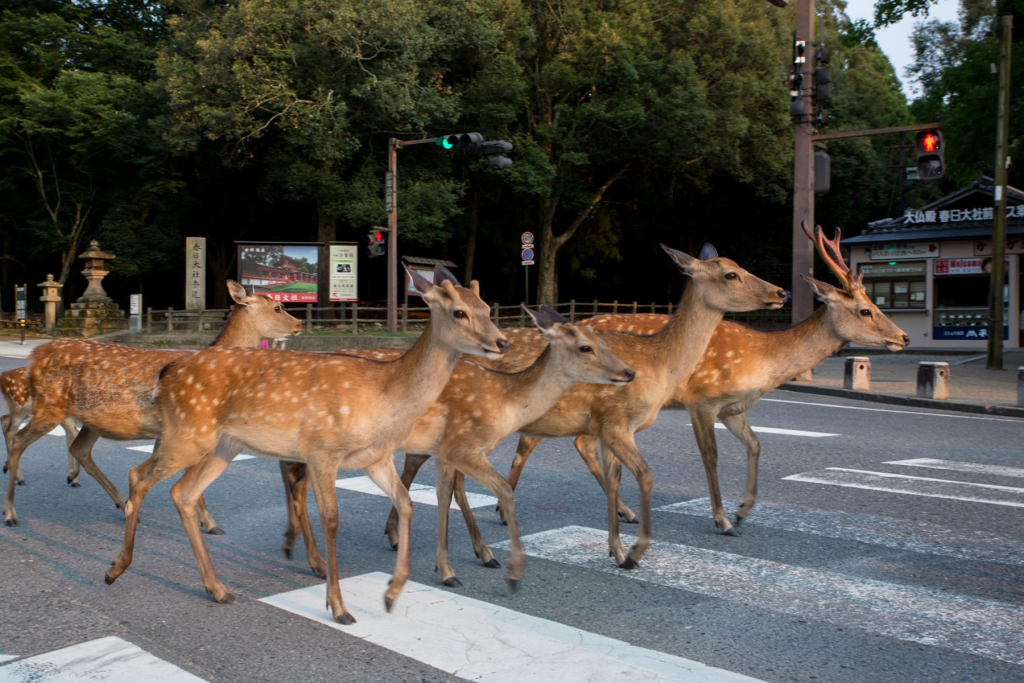
A study conducted in the urban desert environment of Phoenix, Arizona, examined the impact of climate change on bird biodiversity. Researchers found that there was a connection between impervious surfaces and rising land temperatures and declines in bird abundance and species richness, specifically during the winter. This study uses extensive long term data from 2001-2016 to gain information on the topic and while a lot was gain from extensive data there does not seem to be concrete solutions yet, for urban planning. The study shows a functional group analysis that shows different bird roles like pollinators, insectivores and other responds differently to environment changes with different ecosystem services. Although, temperature and urban development cause a decline in bird diversity, impacts can be very different. This means there cant be one strategy, but multiple for each specific group, in order to conserve. One key solution suggested was “enhancing vegetation”, a model showed that increased vegetation were associated with higher bird numbers. Planting native trees or shrubs may help reduce the negative effects of impervious surfaces and rising temperatures in urban location. Enhancing and managing urban vegetation are just a few strategies that can help to support wildlife and maintain essential ecosystem services.
https://esajournals-onlinelibrary-wiley-com.prox.lib.ncsu.edu/doi/epdf/10.1002/eap.70063
